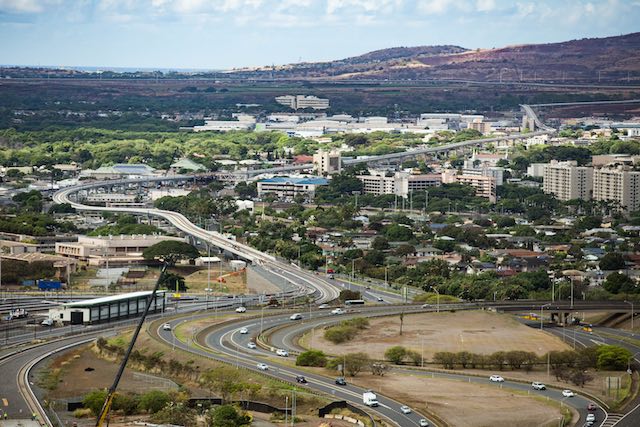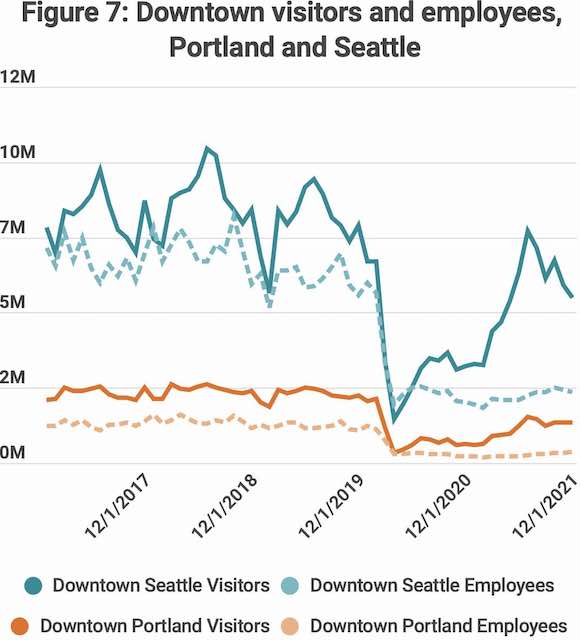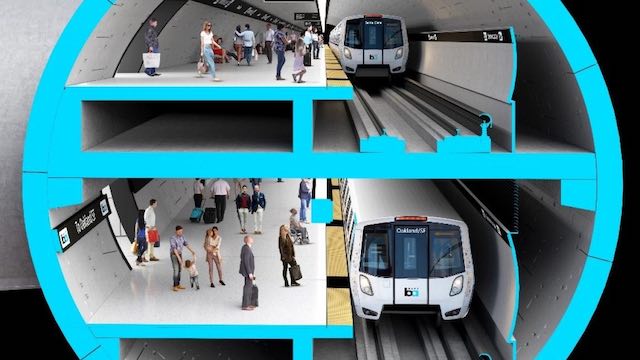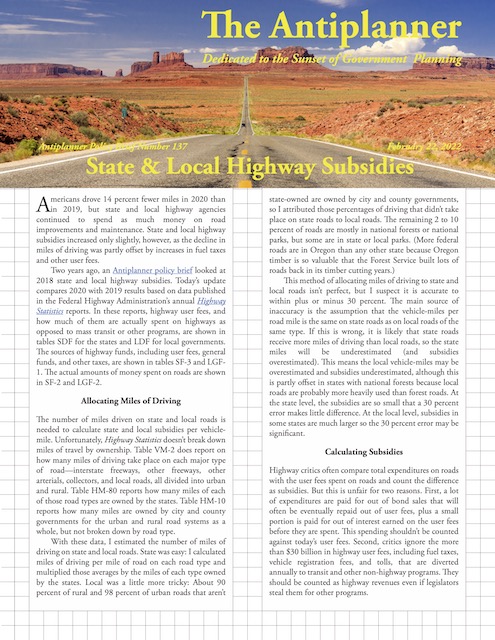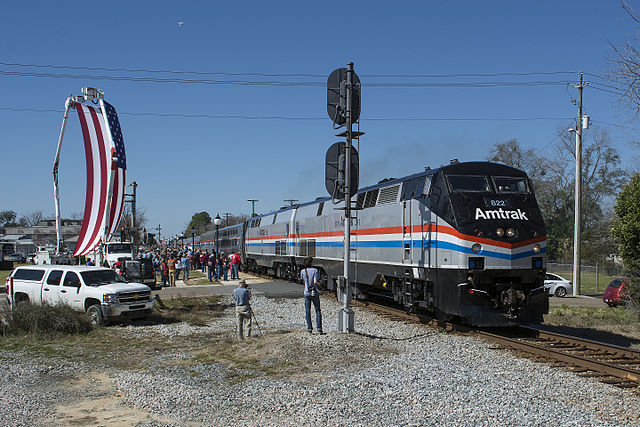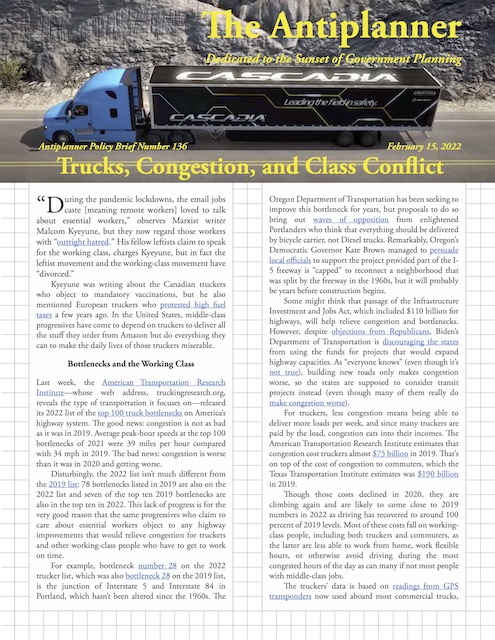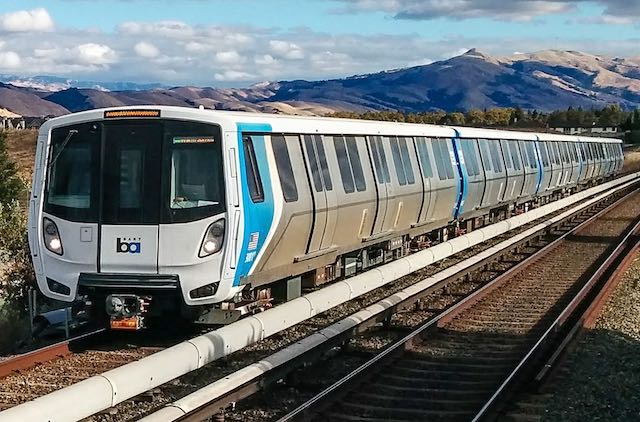Honolulu rail transit tracks, which as still under construction, are too close together in some spots, which could lead to derailments. This is different from last year’s problem, in which the wheels of the railcars were found to be too narrow for some of the tracks.
Honolulu’s high-cost, low-capacity rail line under construction. Click image for a larger view. Photo by Anthony Quintano.
No one yet knows how much it will cost and how long it will take to fix the new problem. But fixing last year’s issue significantly added to the delay and cost of the project, which is currently not expected to be finished until 2031, eleven years later and at more than twice the cost that was originally projected. Continue reading

